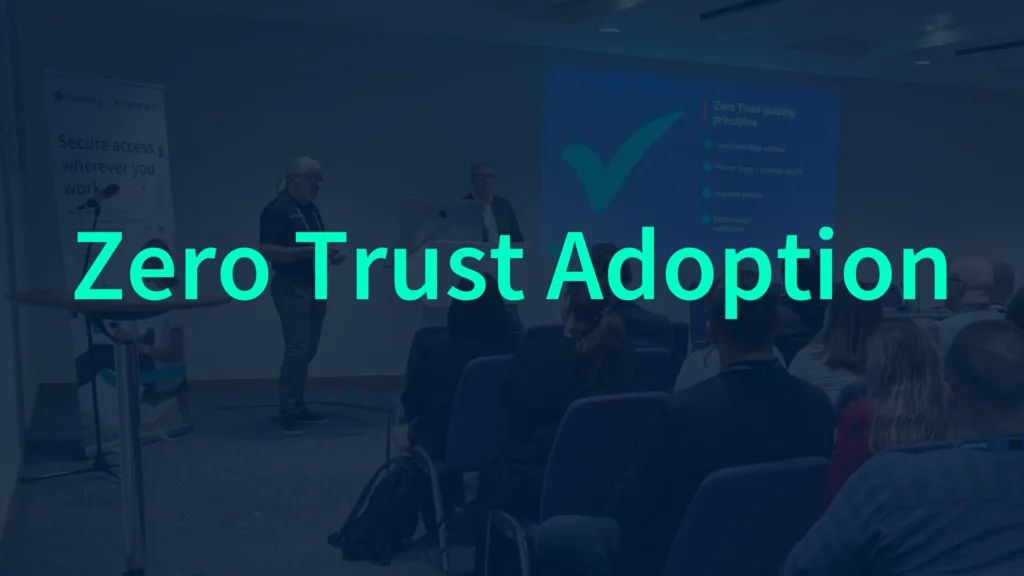You’re Likely Already on the Pathway to Zero Trust Adoption
The good news? Many organisations are already closer to Zero Trust adoption than they might think.
If your business has started integrating multi-factor authentication (MFA), single sign-on (SSO), endpoint protection, or even robust role-based access controls, then you’ve already begun laying the foundations of Zero Trust.
This isn’t about starting from scratch; it’s about recognising the pieces of the puzzle you already have in place and gradually building out from there. It’s also about embracing a shift in perspective, from the outdated “castle and moat” approach to one that prioritises secure, identity-driven access at every level.
Think of Zero Trust as a Set of Building Blocks
Rather than viewing Zero Trust as a daunting, all-or-nothing overhaul, consider it as a set of building blocks.
Every element you introduce-be it enhanced endpoint security, identity-based policies, or real-time threat detection-becomes another block in your Zero Trust architecture. The process is iterative and adaptable, allowing your organisation to evolve at a pace that suits your unique needs.
Flexibility is key. With today’s distributed networks, employees are no longer confined to a single office space. Data is hosted across multiple cloud environments, and access needs are increasingly dynamic. Zero Trust, as a modular and scalable approach, helps you meet these challenges head-on.
Why Zero Trust Matters Today
The workplace has undergone a seismic shift. Remote and hybrid working models are now the norm, and this brings with it a host of new challenges around connectivity and security.
For example, traditional VPNs-a go-to solution for remote access-often lack the flexibility and granular control required for modern workplaces. It’s no wonder that Gartner predicts zero-trust network access will continue, so that by 2025 at least 70% of new remote access deployments will rely on ZTNA rather than VPN services.
ZTNA provides a more robust solution by ensuring that every request for access is evaluated and verified in real time. This is crucial for preventing data breaches, mitigating lateral movement within networks, and safeguarding sensitive applications.










